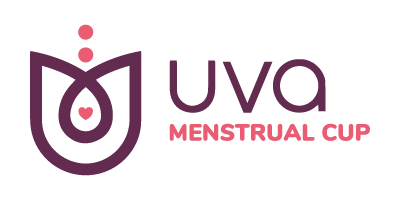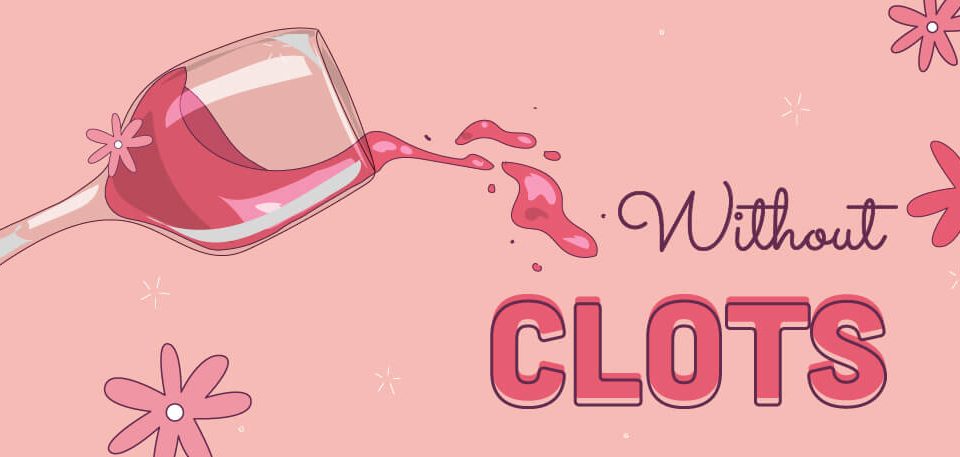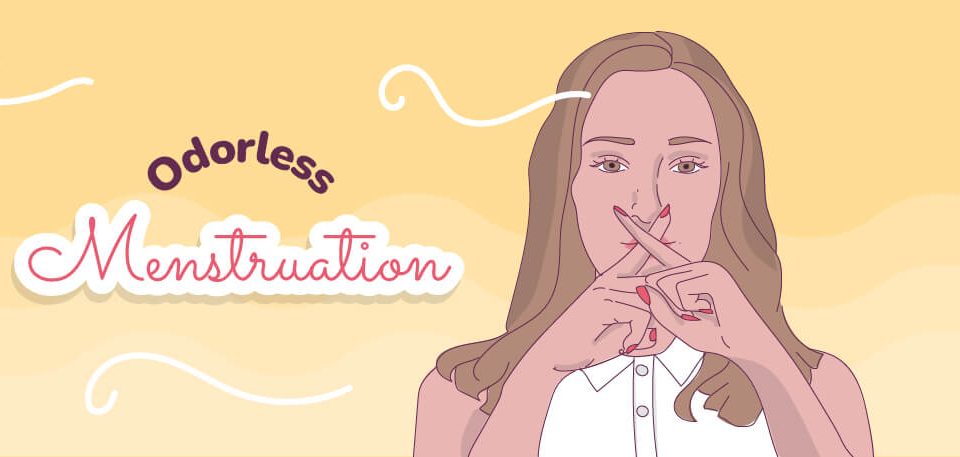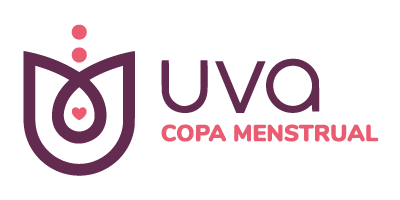 Store
StoreRECOMMENDED PRODUCT
Uva Menstrual Cup
Ultra-soft silicone for your comfort and peace of mind.
$29.99
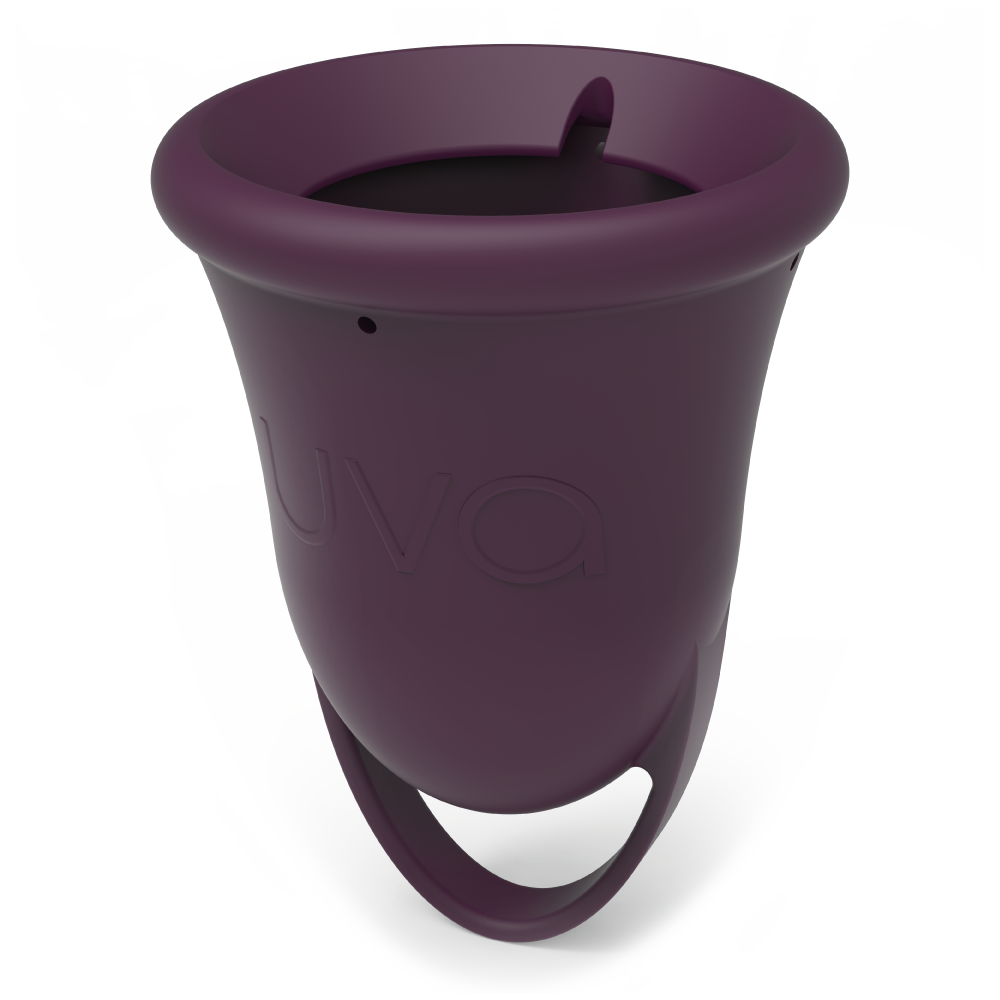
 How to use the cup
How to use the cup- FAQ
- Blog
 Store
StoreRECOMMENDED PRODUCT
Uva Menstrual Cup
Ultra-soft silicone for your comfort and peace of mind.
$29.99

 How to use the cup
How to use the cup- FAQ
- Blog
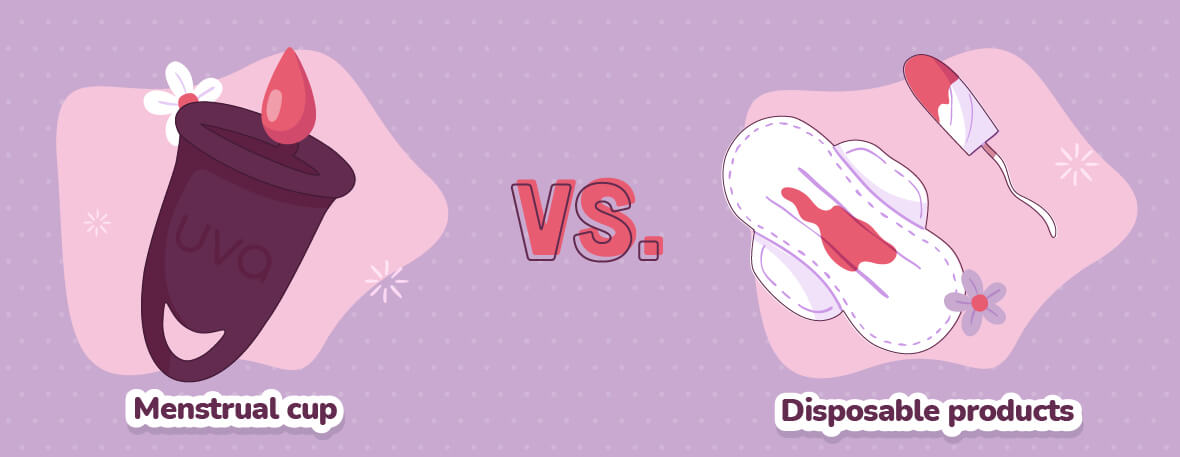
Menstrual cups vs. menstrual disposable products
When talking about menstrual hygiene, the menstrual cup vs. disposable products is a topic that generates a lot of discussion. We have the menstrual cup, a reusable and sustainable product. On the other hand, disposable products such as tampons and sanitary pads. These have been the preferred products for decades. In this article, we’ll explore the pros and cons of each option in depth to help you make an informed decision.
Introduction to the Menstrual Cup
The menstrual cup is a device made of, latex or thermoplastic elastomer (TPE). Designed to be inserted into the vagina during menstruation. Their function is to collect menstrual flow instead of absorbing it, as tampons and sanitary pads do. This product has gained popularity in recent years due to its durability and its promise of being a greener and more economical alternative.
Benefits of the Menstrual Cup
Among the main benefits of the menstrual cup are:
- Reusable and eco-friendly: A single cup can last up to 10 years with proper care, meaning less waste in landfills.
- Economical: The initial investment may be higher, but in the long term, you save money by not having to buy disposable products every month.
- Safety and comfort: Many users report fewer leaks and greater comfort during use, as well as a reduced risk of toxic shock syndrome compared to tampons.
Disposable Products: Tampons and Sanitary Pads
Tampons and sanitary pads are widely utilized due to their ease of use and accessibility. They are found in any supermarket or pharmacy, and their use is deeply rooted in the culture. But at the same time, they are products that must be changed regularly, can be used only once, and are usually uncomfortable for many women.
Considerations in Disposable Products
Despite their popularity, disposable products have significant disadvantages:
- Environmental impact: They generate a large amount of waste that takes hundreds of years to decompose.
- Long-term cost: Although the initial outlay is lower, the cost accumulates month after month.
- Chemical content: Some disposable products contain bleaches and other chemicals that can be harmful to women’s health when introduced into the vaginal canal.
Detailed Comparison
When comparing menstrual cups to disposable products, it is important to consider several factors. Such as health, economics, and environmental impact. Below, we present a detailed comparison so you can evaluate which is the best option for you.
Health and Comfort
The menstrual cup, being reusable and made of hypoallergenic materials, reduces exposure to chemicals and reduces the risk of toxic shock syndrome. In terms of comfort, it offers a ‘wearing nothing’ feeling and can hold more menstrual flow than a tampon or pad, resulting in fewer changes and fewer worries throughout the day.
Economy and Long-Term Cost
From an economic perspective, the menstrual cup represents a significant savings. Although the initial cost can be between 20 and 40 dollars, a menstrual cup can last up to a decade. In comparison, spending on disposable products can amount to hundreds of dollars during the same period.
Environmental impact
The environmental impact is perhaps one of the most decisive factors in this comparison. While the menstrual cup generates zero waste over its lifetime, disposable products contribute to tons of waste in landfills and oceans each year.
User Experiences and Testimonials
Testimonials from women who have made the switch to menstrual cups are usually very positive. Many express greater satisfaction with the comfort and ease of use, as well as feeling good about contributing to waste reduction. However, it is important to recognize that each woman is unique, and what works for one may not be the best option for another.
Adaptation and Learning
A common concern when considering the menstrual cup is learning the proper method to use it. Inserting and removing the cup correctly may require practice and patience. However, most users report that once the adaptation phase is over, the menstrual cup becomes their preferred menstruation product.
Conclusion and Next Steps
In conclusion, the choice between menstrual cups vs. disposable products depends on personal factors. Such as convenience, economy, and the desire to reduce environmental impact. Both options have their merits, but the menstrual cup stands out for its long-term benefits and sustainability. We encourage you to do more research and consider your lifestyle before making a decision.
If you are interested in trying a menstrual cup. Copa Uva offers a wide range of options, so you can find the one that best suits your needs. Visit our website to learn more. And join the community of women who have chosen a healthier, more economical, and ecological alternative for their menstrual hygiene.







